Bladder Campion
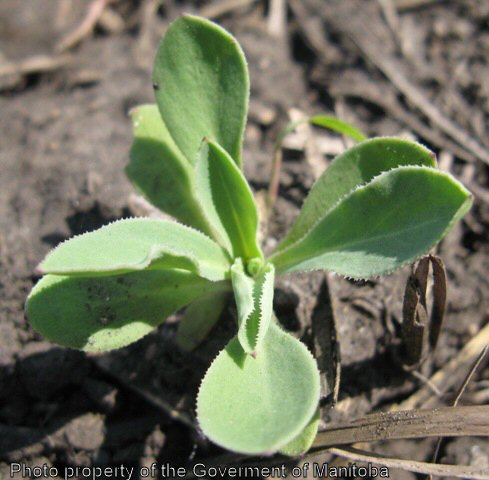 click to enlarge |
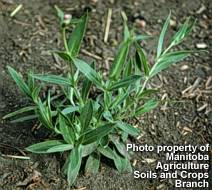 |
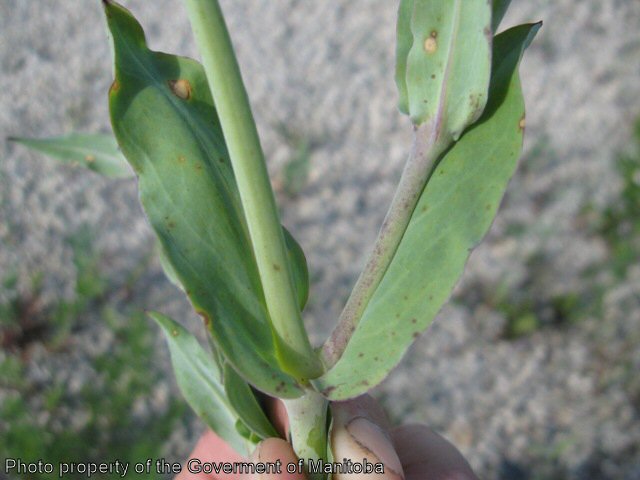 |
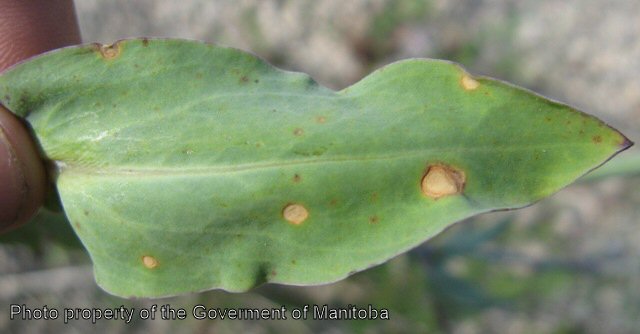 |
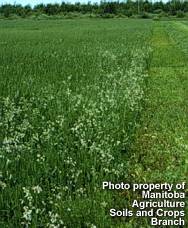 |
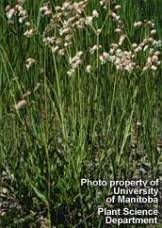 |
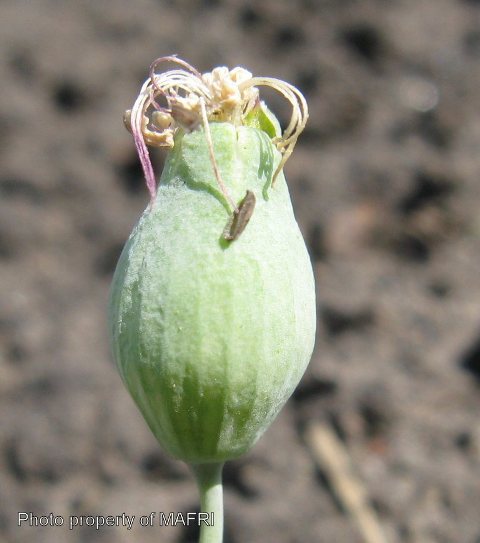 |
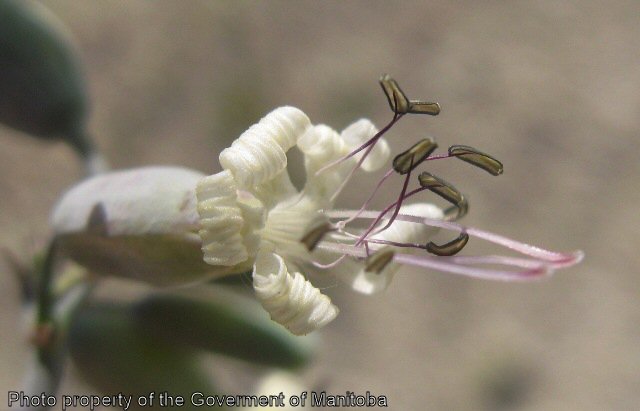 |
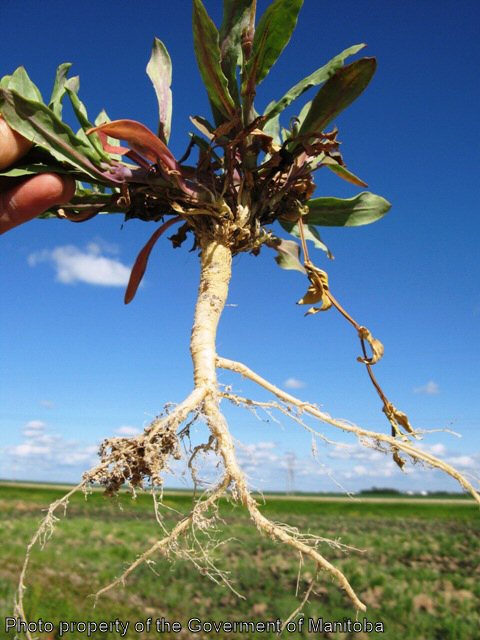 |
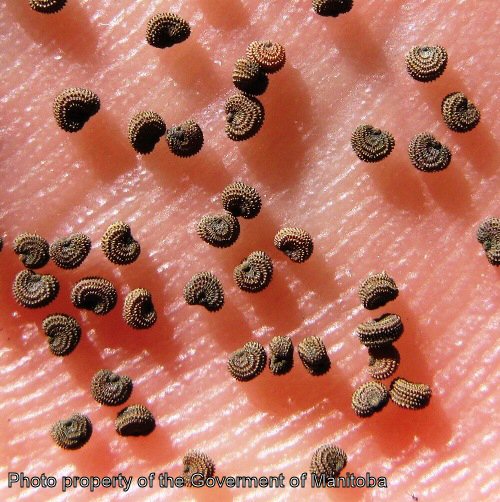 |
Biology
This is a deep-rooted perennial, reproducing by seeds, and appears to be resistant to most of the commonly used agricultural herbicides. The stems are erect, up to 1 m tall, hairless, branched at the base, and swollen at the nodes. The lower branches sometimes spread horizontally before they ascend. The leaves are opposite, long and narrow, 3-8 cm long x 1-3 cm wide, sessile, widest at the middle, hairless, and distinctly creased. The flowers occur in clusters at the ends of branches. Each flower is white in colour and stalked. The calyx is bladder-like, thin and veiny, and often purplish at maturity. The seeds are kidney shaped, 1.5 mm in diameter, greyish, enclosed in a pod, and covered with rows of bumps.
This weed is becoming a concern in minimum or zero-tillage systems because it is a deep-rooted perennial that can become established on uncultivated land.
Scouting Techniques
Take a minimum of 20 weed counts across the field. Check roadsides, waste areas, and gravel pits for patches of this weed. Scouting more frequently areas of medium to coarse textured soils in well drained areas because this weed is very drought tolerant.
Effects on Crop Quality
Reduces the yield of many economically important crops through competition and the lack of selective control. This plant is a class 2 primary noxious weed. Therefore, no seed is allowed in pedigreed seed.
Threshold/Yield Loss
A contaminant in forage crop seed.
Control Tips
- crop rotation and intensive summerfallow
- no recommended herbicides for selective control in field crop or forage legumes
- some control of seedlings with Group 5 products (Sencor)
